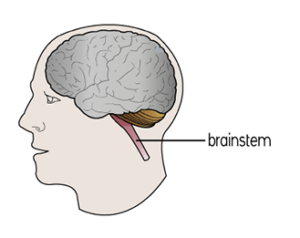How we breathe
The respiratory system includes the nose, trachea or windpipe, bronchi, lungs, and diaphragm, as well as the intercostal, abdominal, and neck muscles. Together, these help a person take in air and deliver oxygen to the body. The nose cleans the air we breathe by filtering out dust and dirt. It also warms and humidifies the air.
How air travels through the body
The trachea allows air to travel from the throat area into the lungs via the bronchial tubes. When air reaches the lungs, oxygen passes to the blood through tiny air sacs called alveoli. The blood flows to the heart where it then carries the oxygen to cells in the body.
The role of muscles in breathing
Certain muscles and nerves help the breathing process to happen. The diaphragm is located under the rib cage and is the main muscle used when inhaling. It does not help a person exhale. It is also the muscle that separates the chest area from the abdomen and is connected to the spinal cord by the C3, C4, and C5 nerves. The intercostal or rib muscles are found between each rib.
Half of the intercostal muscles assist with breathing in and the other half assist with breathing out with force, such as during a cough or sneeze. The intercostals are connected to the spinal cord at the T1-T6 levels. The abdominal muscles do the same thing as the rib muscles that help you breathe out but are connected to the spinal cord at the T6-T12 level.
Sometimes the muscles in the neck help with breathing, such as when the main muscles are very weak or when you exercise very hard.
How the brain controls breathing
 Breathing is controlled by special centers in the brainstem. Breathing messages are sent down from the brain into the spinal cord. When they get to the cord, they travel out to the nerves.
Breathing is controlled by special centers in the brainstem. Breathing messages are sent down from the brain into the spinal cord. When they get to the cord, they travel out to the nerves.
The nerves then carry the messages to the breathing muscles, causing them to move.
This process brings air in and out of the lungs. If the brain or spinal cord is injured, then breathing can be affected. How breathing is affected depends on the type and extent of injury.
